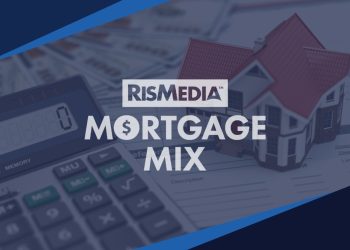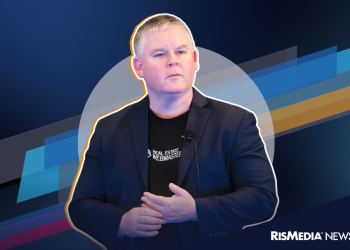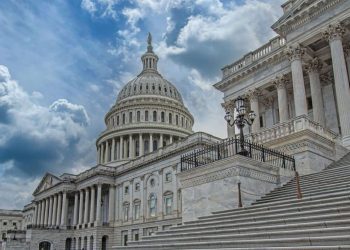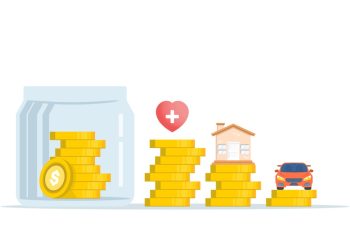(TNS)—Mortgage rates plumbed new depths in December and January, setting all-time lows south of 3%. Rates have mostly climbed since then, and their trajectory for the rest of 2021 depends on a factor that hasn’t played a prominent role in the mortgage market for decades—inflation.
That’s according to Greg McBride, CFA, Bankrate chief financial analyst. With coronavirus vaccines now widely available, there’s new optimism about the U.S. economy.
“The tug of war over whether mortgage rates will move higher or lower from here largely revolves around inflation,” McBride says. “If inflation does indeed prove temporary, any increases in mortgage rates will be limited. So far, the evidence suggests only a temporary spike in inflation. This should keep rates in the low threes in coming months. But if the Fed is deemed behind the curve and the inflation genie gets out of the bottle, that’s a whole different story.”
Housing economists say the growing optimism is putting upward pressure on rates. The Mortgage Bankers Association, for instance, expects the 30-year fixed rate to reach 3.6% by the end of 2021. Its forecast three months ago called for rates to hit 3.5% in late 2021.
Fewer Refis, More Purchases
If rates continue to trend upward, the refinancing boom of 2020 will slow dramatically by the second half of 2021, says Michael Fratantoni, chief economist at the Mortgage Bankers Association.
“We think refi volume is going to fall off pretty sharply, particularly in the second half of 2021 as the economy really finds its footing,” Fratantoni says.
While mortgage rates will rise enough to discourage refinancing, they’ll remain low enough to make home-buying attractive, Fratantoni says. He predicts record mortgage volumes in 2021.
“We’re anticipating a very strong housing market,” he says.
How the Federal Reserve Affects Rates
The Federal Reserve doesn’t directly set mortgage rates, but the central bank does set the overall rate environment. The Fed slashed its federal funds rate when the coronavirus recession began, and it has signaled that it will keep rates low for years, which will translate to little upward pressure on mortgage rates.
“I think the Fed is going to keep their foot on the gas, keeping short-term rates at essentially zero through 2022, and only very slowly begin to raise rates in 2023,” Fratantoni says.
While the federal funds rate doesn’t directly affect mortgage rates, there is a strong correlation between the rate on 10-year Treasury bonds and the 30-year mortgage.
That spread widened in the spring and summer.
The typical gap between the 10-year government bond and the 30-year fixed-rate mortgage is 1.5 percentage points to 2 percentage points. During the scary early days of the COVID-19 pandemic, that spread rose as high as 2.7%. However, the gap has returned to normal.
Generally, an improving economy correlates to rising mortgage rates. Economists and investors think the U.S. economy will bounce back in 2021 as COVID-19 vaccines are distributed. However, it’s unlikely that mortgage rates will soar, housing economists say.
The Mortgage Bankers Association expects rates to reach 3.5% by the end of the year—a level that’s very affordable by historical standards.
©2021 Bankrate.com
Distributed by Tribune Content Agency, LLC











